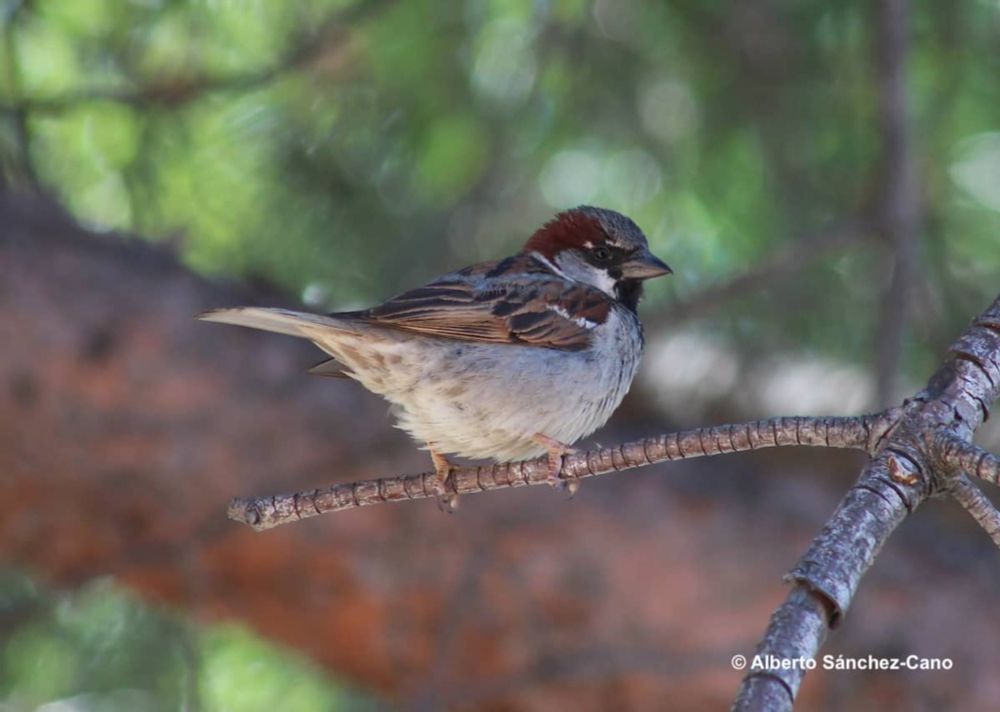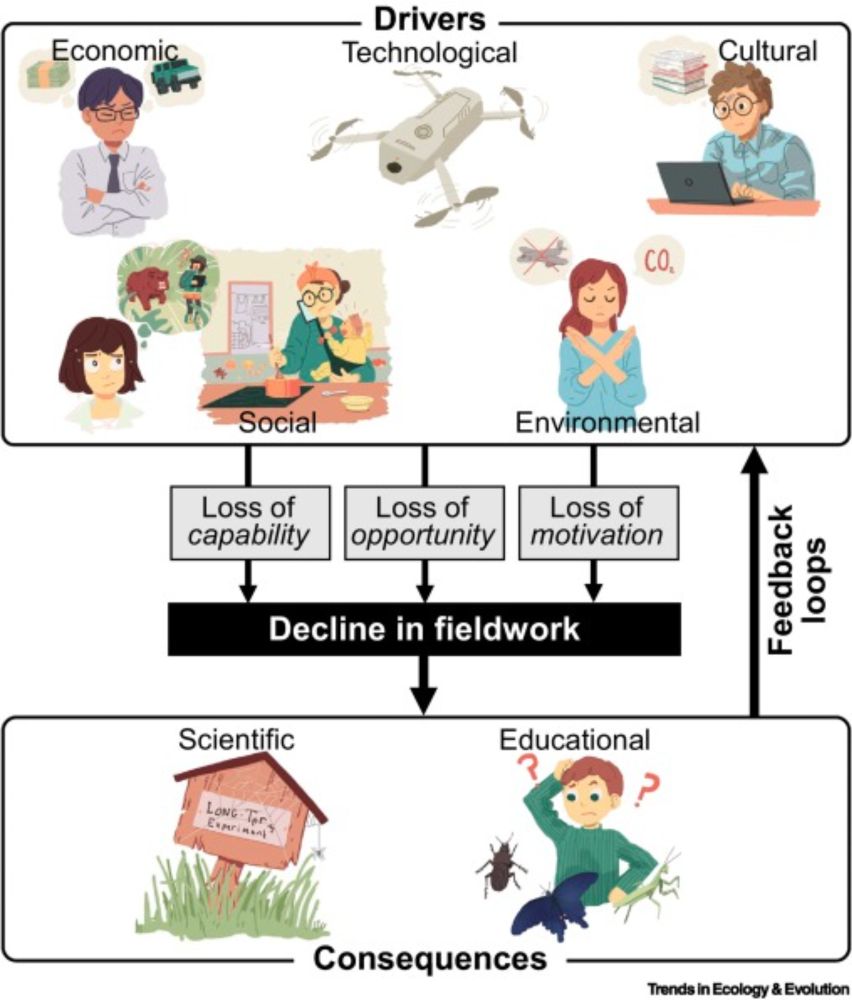
🆕 Un estudio sobre el proteoma de los gorriones comunes de zonas rurales y urbanas sugiere que la #urbanización está cambiando las condiciones de vida de las #aves, su salud y sus interacciones con los patógenos ⚠️⬇️
www.irec.es/publicacione...
@hofleursula.bsky.social

🆕 Un estudio sobre el proteoma de los gorriones comunes de zonas rurales y urbanas sugiere que la #urbanización está cambiando las condiciones de vida de las #aves, su salud y sus interacciones con los patógenos ⚠️⬇️
www.irec.es/publicacione...

Support for trophic links between different families of waterbirds and four groups of large branchiopods. a Trophic relationships between waterbird families and large branchiopod groups in literature. The thickness of the connecting line is proportional to the number of studies supporting evidence for a trophic link. Both large branchiopod and waterbird diversity (n = number of species) are denoted below their corresponding group icon. For all families depicted, direct evidence of branchiopod consumption was found with the exception of spoonbills (Threskiornithidae), for which only indirect (prey availability) evidence was found (transparent). b Quantitative measures of large branchiopod consumption by waterbirds from gastrointestinal studies. Percentages of bird samples containing the large branchiopod group (occurrence) and percentages of volume of gastrointestinal bird samples aggregate that consist of large branchiopods (volume) are depicted where available (tr < 1%, traces). Percentages were weighted according to the number of samples (n) across the number of studies (N) and weighted standard errors are depicted as error bars where applicable.
Waterbirds have fascinating ecological interactions with brine shrimps, fairy shrimps and other large branchiopods, nicely documented in this new review @zsofiahorvath.bsky.social @aillimnologia.bsky.social @sil-limnology.bsky.social @freshwaterscience.bsky.social link.springer.com/article/10.1...
14.02.2025 11:13 — 👍 3 🔁 4 💬 0 📌 0
Seroprevalence of Highly Pathogenic Avian Influenza A(H5) Virus Infections Among Bovine Veterinary Practitioners www.cdc.gov/mmwr/volumes...
14.02.2025 11:18 — 👍 2 🔁 2 💬 0 📌 0Third hospitalized human case of highly pathogenic avian influenza H5N1 in the USA, first case in a resident of Wyoming. The hospitalized woman was likely exposed to the virus by direct contact with an infected poultry flock (but no details on species involved, size of flock or type of system).
15.02.2025 05:35 — 👍 18 🔁 8 💬 0 📌 2
About 200 to 300 sick or dead red-breasted mergansers, suspected of highly pathogenic avian influenza H5N1, reported along the shores of Lake MIchigan between this past Friday and Sunday. Birds present with tremors and little ability to move. wgntv.com/news/chicago...
07.02.2025 17:38 — 👍 17 🔁 12 💬 2 📌 0
Where are all the field studies?
This ⬇️ important but rather depressing paper describes how conducting, & crucially initiating, field studies is becoming harder & rarer.
A short 🧵 (and a call for more fieldwork)
www.cell.com/trends/ecolo...
Acabo de mandar la solicitud online
24.01.2025 20:35 — 👍 0 🔁 0 💬 0 📌 0
Vaccination of 317 captive birds across 24 different species with vesicular stomatitis virus vaccine with 2344b HA. No side effects. high H5-specific neutralizing antibody titers following second dose for 1 year. Vaccinated chickens protected in challenge experiment
👉 www.biorxiv.org/content/10.1...

Highly pathogenic avian influenza not gone from Europe. Experts have provided clear advice (see for example three-monthly EFSA reports: www.efsa.europa.eu/en/topics/to...), but governments and poultry sector seem slow to follow up. www.poultryworld.net/health-nutri...
19.11.2024 21:16 — 👍 3 🔁 3 💬 0 📌 0
Pseudovirus deep mutational scanning reveals mutations in 2.3.4.4b H5 HA affect phenotype, e.g. binding to α2-6-linked sialic acids, HA stabilisation, neutralization by sera from mice and ferrets. Incredble!
👉https://journals.plos.org/plosbiology/article?id=10.1371/journal.pbio.3002916

14 Feb 2023: 1st HPAI in Argentina wild birds. B/w Feb - Aug: 113 notifications. 21 human cases suspected, all -ve. Argentinian viruses clustered with those isolated in other countries of the region, multiple introductions.
👉https://www.sciencedirect.com/science/article/pii/S0325754124001159